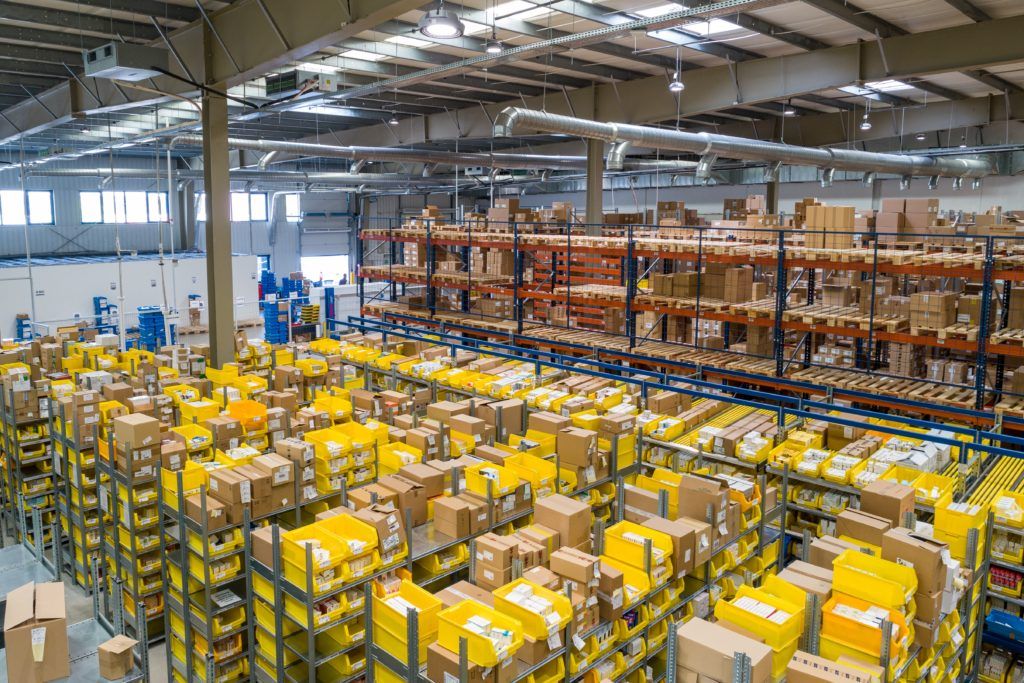WAREHOUSE STORAGE SYSTEMS
When it comes to manufacturing and warehousing operations, storage is a crucial aspect that can greatly impact the efficiency and productivity of your business. Industrial storage systems are designed to provide safe, efficient, and organized storage solutions for a wide range of products and materials. From small parts to large machinery, industrial storage systems can help you maximize your space and streamline your operations.
Industrial storage systems
There are three main considerations in choosing the correct warehouse storage solutions. These are product sizing (cube and weight), optimal warehouse space utilization of the facility, and access to the stored items for picking and put away.
Pallet racking systems
Basic single deep pallet rack storage allows for products stored on pallets to be easily put away and retreived as part of the daily in and out work requirements of the typical warehouse. Important considerations in choosing any pallet rack storage system are the load weights, pallet sizing (i.e. height, length and width), number of storage levels, material handling equipment available to putaway and pick the pallets, plus warehouse operator safety. JDH Warehousing Systems will be able to develop all the required storage specifications that will allow your company to implement the correct pallet racking solution for your operation.


Heavy duty storage systems
Aside from basic single deep pallet rack storage, there are a number of other pallet racking solutions. These pallet rack systems provide for high density storage configurations, thereby improving the warehouse space utilization of the storage facility. A wide variety of options are available depending on the context of the warehouse operational requirements. Pallet racking solutions that may suit your warehouse requirements include drive in pallet racks, push back pallet racks, pallet flow racks, narrow aisle pallet racking, and double deep pallet racks. Key determinants in deciding the best solution would be stock rotation requirements (e.g. First In First Out), product activity, seasonal builds, SKU variety and material handling equipment.
